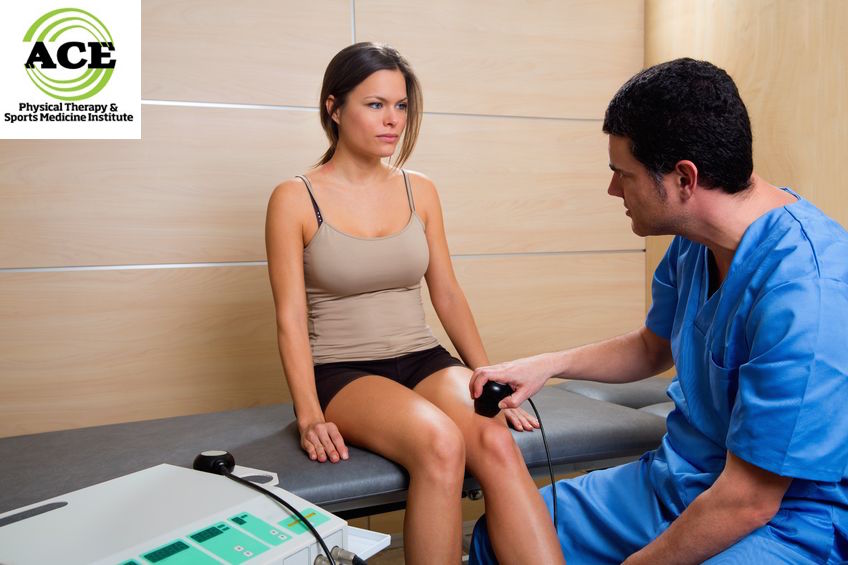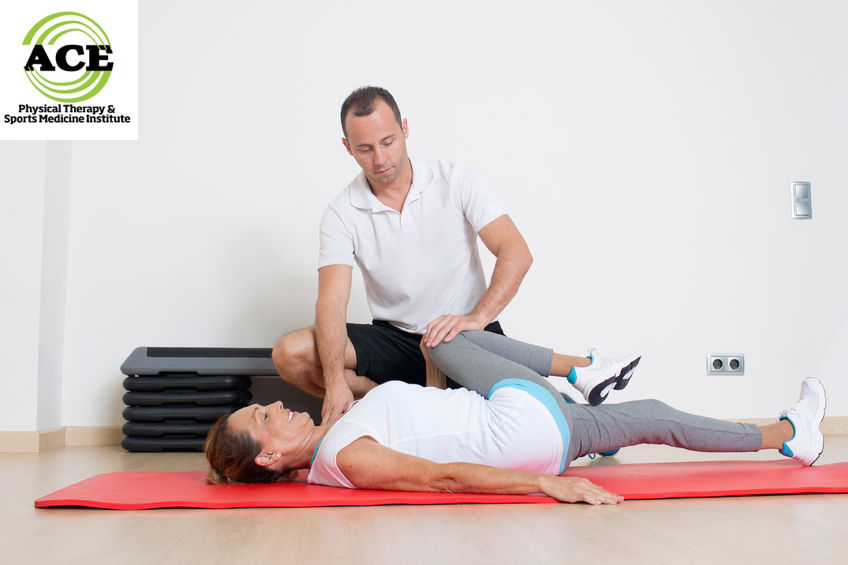DIAGNOSING AND TREATING PAIN

Tid Bits of Info
- Pain is the number one symptom that drives people to seek medical advice.
- Ice can be used as an analgesic to reduce pain for musculoskeletal injuries.
- Physical therapists use a variety of modalities, ice therapy, heat therapy, ultra sound, electrical stimulation and hands on techniques to reduce pain.
- Movement and exercise can help to reduce pain by increasing blood flow and stimulating the body’s natural painkillers.
- If a body part is painful, you can seek advice and treatment from a Physical therapist without seeing a doctor first.
Pain drives people to seek help. Every day Physical Therapists treat patients for pain. It’s probably the single most common symptom or complaint that makes people seek treatment from varying healthcare professionals. What is pain? There is no exact definition of “pain” but it is safe to say that it includes an unpleasant sensation that can be physical or emotional. Pain is a sensation that helps to protect the body.
The subjective aspect of pain also makes defining it difficult. Only patients can define their experience of pain including the quality, type and intensity of pain. Physical Therapists and other healthcare professionals interview a patient and attempt to classify pain before attempting to treat it.
First, they seek to determine and address the origin of the painful sensation to prevent an acute bout of pain that may linger and become a chronic case later on in the healing process. The origin of pain can be classified as nociceptive or neuropathic.
Nociceptive
Pain that arises from the musculoskeletal system is considered nociceptive and can be further described as somatic or visceral. Somatic pain is from the musculoskeletal system skin, bones, muscle, connective tissue and joints. Visceral pain arises from the organs of the body. Many times somatic pain is associated with inflammation which can be the primary stimulus of the nerve that transmits the “pain” signal to the brain.
Neuropathic
Neuropathic pain arises from damage and association with the nervous system: examples include RSD, Fibromyalgia, Shingles, post-stroke pain. This type of pain can be caused by trauma, but it can develop and linger for a prolonged time period after an injury has occurred. This type of pain is hard for patients to describe and is very difficult to control and resolve. Many healthcare professionals are not familiar with the best neuropathic treatments because they are hard to definitively diagnose.
The pain signal is transmitted from the involved site to the brain via two different types of nerves. They are both very small in diameter compared to the larger motor (controlling movement) and sensory (thermal, chemical, mechanical) nerves that transmit signals to the brain in order to move or detect and protect the body. The signals are sent from the involved body part to the spinal cord and then to different parts of the brain. The signal of pain can be perceived as sharp or dull and achy. The difference results in the response of the body to the pain stimuli. Obviously the sharp pain sensation will force someone to respond and treat it more quickly than the dull and achy pain sensation.
Most Physical Therapists have more experience treating pain that is nociceptive and somatic in origin. The patient presents with the symptom of pain that has developed from some mechanism of injury. The Physical Therapist (or other healthcare professional) evaluates the patient’s status and then devises a treatment plan that will control and resolve the symptoms. The treatment usually involves controlling the inflammation and enhancing blood flow to the involved part to help the healing process.
Treating the symptom of pain is usually a multi-layered approach that involves medication, rehabilitation, behavioral and psychologic treatment. Healthcare professionals often team up to develop some of the most successful treatments because they all have their own expertise that enables them to prescribe the proper treatment protocol that will help to control and resolve the painful symptom.
Rehabilitation: Physical Therapists use a range of modalities to treat pain such as hot packs, ice and electrical stimulation. Many Physical Therapists will utilize their manual techniques to reduce the symptom of pain. Movement of the involved area can help to stimulate the blood flow to the area. This helps to reduce the metabolic by-products that are produced when the body is healing, and they are an irritant that causes the pain. The increase in blood flow and movement helps to increase the tissue and joint temperature, which reduces the viscosity of the fluids in the involved area. Gentle exercise or “active rest” is always a good way to help reduce pain for the same reason.
Drugs: Narcotic or opioid drugs are used to treat pain that is severe and not reduced or resolved with non-narcotic medication. These drugs work in the brain and bind to the receptor sites that would illicit the pain sensation if they were stimulated. By blocking the receptor site, the body is unable to sense the feeling of pain because the brain does not receive the signal from the involved peripheral site.
Behavioral and Physiological: Cognitive behavioral therapy is a process that helps the patient understand the connection between pain and their behavior, thought process and physiology. The patient is then instructed in ways to adapt their lifestyle to be more positive and live a healthy lifestyle.
Physical Therapists can be visited without a doctor’s prescription. The Direct Access laws in every state enable Physical Therapists to evaluate patients and develop treatment programs that will eliminate their symptoms.
Pain is the single most common symptom that drives people to seek medical advice and treatment. It is a symptom that can be devastating to someone’s life and drastically affect their functional capabilities, but there are numerous successful treatments that can reduce or resolve the symptom and restore their normal lifestyle.

























